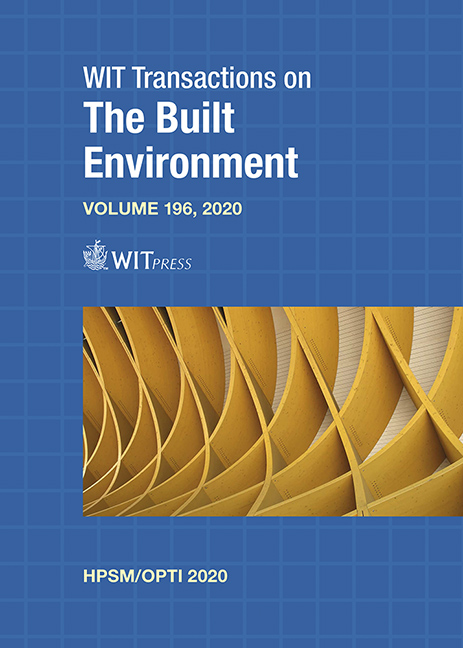INFLUENCE OF GROOVES AND POSITION OF ELECTRODES ON THE TEMPERATURE DISTRIBUTION OF A FLAT MOLD USING HIGH-FREQUENCY DIRECT RESISTANCE HEATING
Price
Free (open access)
Transaction
Volume
196
Pages
9
Page Range
87 - 95
Published
2020
Paper DOI
10.2495/HPSM200101
Copyright
WIT Press
Author(s)
KAZUTO TANAKA, YOSHIKI FURUKAWA, TSUTAO KATAYAMA, KIMITAKA WATANABE, MASATAKA KAWAGUCHI, HIDEYUKI KUWAHARA
Abstract
Carbon Fiber Reinforced Thermoplastics (CFRTP), which are superior in recyclability and mechanical properties, are expected to be the replacement materials for traditional metal. To increase the application of CFRTP, it is necessary to develop a low-cost and high-speed molding method. A high-frequency direct resistance heating method, which heats only the mold surface rapidly by skin effect, has been developed and shows better energy consumption than the conventional method using a heater. With this heating method, due to the edge effect and the proximity effect between the mold and the power supply wiring, temperature distribution of the mold surface is non-uniform, which is a major issue to be solved. In this study, to obtain uniform temperature distribution of the flat mold, the influences of grooves and position of the electrodes on the temperature distribution of the mold surface were clarified by FEM analysis. Temperature at the edges, which is higher than the flat area due to the edge effect, can be lowered by positioning of grooves in parallel with the current at the mold edges, and by cancelling the magnetic fields of currents, which flow on both sides of the grooves. Furthermore, the temperature difference of the mold can be reduced by moving the electrodes from the current concentration area.
Keywords
Carbon Fiber Reinforced Thermoplastics, direct resistance heating, flat plate mold, temperature distribution, current density distribution, edge effect, proximity effect, grooves, electrodes position, FEM analysis





